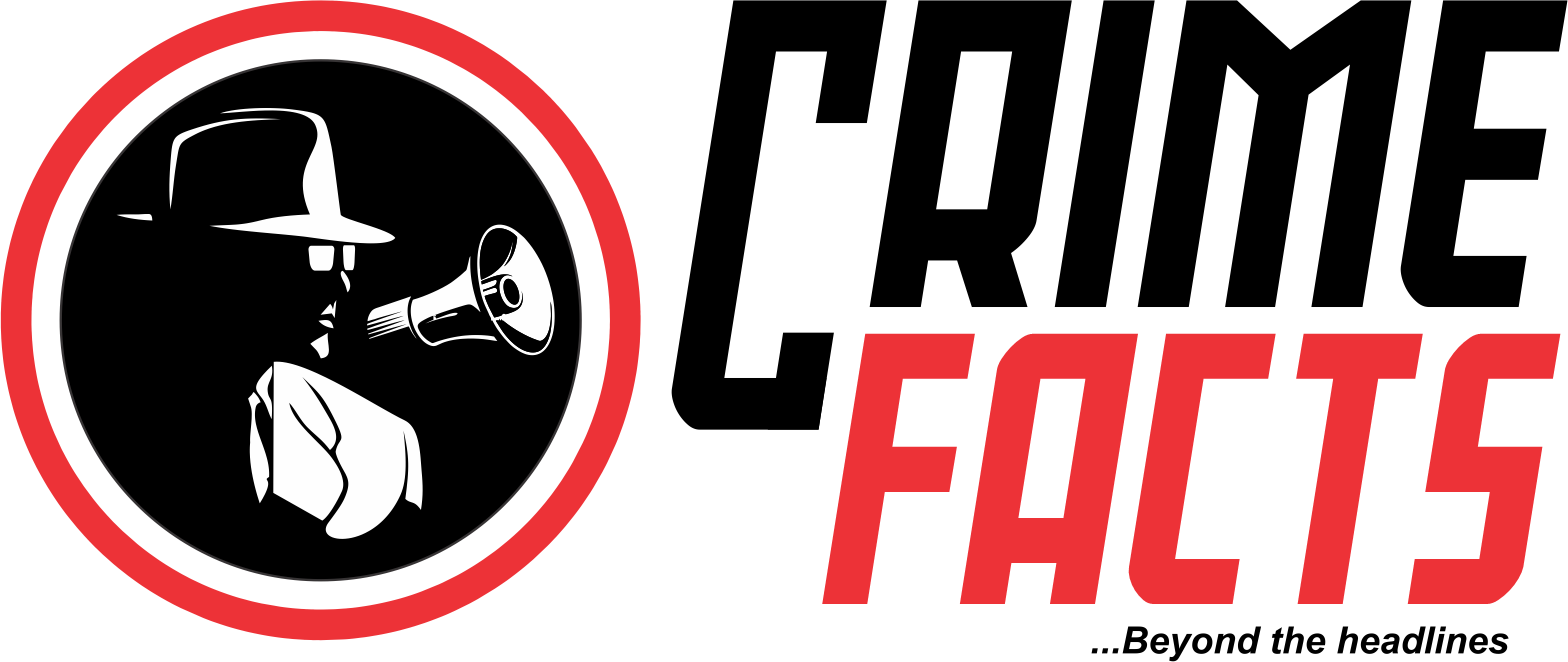
Bethram Ike Onyenechere is a trained engineer and one of the surviving veterans of the Research and Production (RAP) unit of the defunct Biafran Army. Trained by Europeans at the Government Technical College (GTC), Enugu from 1955 to 1959, Onyenechere specialized as a Turner Fitter and Machinist. He was known to have his way with machines and be able to reproduce any component of an engine or machine. In this interview with STEVE UZOECHI in Owerri, he speaks on the legendary RAP unit of the Biafran Army. Excerpts:
How did you get into the Biafran Army?
After my training at the Government Technical College (GTC), Enugu in 1959, I worked briefly with UAC Brutu, Midwest from January 1960 to December 1960. I joined the P&T Enugu the same December 1960 and in 1964, I joined the Ministry of Education. I got my first military experience in 1965 when I went for the recruitment training into the Nigerian Airforce. I was trained for three months and when they started talking about travelling overseas for further exposure, I left and returned to the Ministry of Education.
In 1966 when the drums of war was becoming louder and inevitable, young Biafrans were signing up or being conscripted to build an army.
In my case, there was a call for people with technical education to identify. We were mobilized and gathered by Mr. C. Anizor from Ibuzo in Delta state and Mr. M. Ugwuegede from Nsukka in Enugu State to join the Biafra militia.
When did you join RAP?
In the Biafran militia, they called for credentials and found that some of us had engineering experience in technical education. At that point, we were then asked to join Research and Production (RAP). RAP personnel were camped at GTC, Enugu. In those early days, before a clear mandate was handed down to RAP, there were no weapons anywhere and our government then, will bring heaps of knives for us to sharpen. Later when things started taking shape, we started producing double barrel cartridges. But the GTC Enugu camp did not last too long.
What happened to the camp?
At the time, there was an air raid by a B-26 enemy plane. The plane bombed Ekwulu Layout and also bombed GTC Enugu where we were camped.
How did they discover your camp so soon?
No, they did not discover us. They did not know the camp was there or what we were doing. It was just a random raid to intimidate and harass the young Biafran nation, without any military might at the time. It was not strategic; they bombed anywhere that appealed to them or caught their attention.
But that raid affected the RAP unit?
Yes, we were momentarily in disarray; some of us fled to PH while I headed to Owerri. At Owerri, we were accommodated at the Advanced Teachers Training College (ATTC) now Alvan Ikoku College of Education. At the time, the Industrial Development Company (IDC) was located at the College (ATTC) and they had a very well equipped laboratory for Engineering and Chemical purposes.
When PortHarcourt was collapsing to enemy forces those of us in PortHarcourt returned to Owerri and merged with us. From ATTC, we moved to Ejiogu Comprehensive Technical College, Egbu. Not too long after that, Owerri came under pressure, our RAP department moved again and went to Ahiara Technical College, Lude, in Mbaise.
With all these movements, how could you be helpful to the Biafran Army?
We were really working hard; producing firearms and different levels of explosives on the go. We started producing grenades at Lude and from there, no matter where we went, we were working and producing even in motion because of the urgency of the time.
We were masters of disguise and normally travelled in about eight 911 Lorries, with each of the trucks containing a power generating set that powered our mobile bomb workshops and machines. We were producing grenades and other armaments on the go.
Following intelligence of impending attack on Owerri and the attendant uncertainties, we again moved and headed to Umuanu, Amigbo in Nwangele council area of Imo state. At Umuanu, the lorries were parked and lined up along the river bank and thickly covered and camouflaged with palm frond, shrubs and leaves so it was difficult to detect by enemy planes.
How did you deliver the weapons produced to the warfront?
RAP had a complex network of intricate branches such that it was difficult to know all the branches and structures of RAP. A lot of its activities were shrouded in secrecy. You only got to know what you needed to know per time. But what I knew for certain was that my unit was among other things, mainly producing the grenades used to prosecute the war.
As for delivering the weapons to the battlefield, we had one Major Ohaya, who was also from Umuanu, Amigbo. Major Ohaya would usually come around at a determined time with his men and gather all that we had produced and haul them to the leader of RAP, Prof. Gordian Ezekwe, a renowned chemist. It is Professor Ezekwe who would incorporate the explosive components and detonators to the grenades and explosives we have produced and then ship them out to the soldiers in the fronts through well-guarded supply routes. Ezekwe was a master in his craft. His two hands were known to have been burnt white by chemicals. He was the brain behind the RAP operations and was very highly revered.
Were other branches of RAP also producing weapons at the time?
Ofcourse, there were lots of other ingenious weapons produced by RAP. We were just one of many branches. To say the least, RAP was the backbone of the Biafran army. It would have been tough to prosecute the war without the sacrifice and innovative ingenuity of the men of the RAP unit of the Biafran army.
For instance, during the failed invasion of the Nigerian forces at Abagana, it was one of such ingenuity that aided the defeat of the Nigerian troops.
There was a remarkable incendiary weapon, a variant of the famous ‘Ogbunigwe’ that was deployed by the Biafran army during that invasion that stunned the invading federal forces. It was not produced by my branch of RAP.It was just like a line laid across the road as the convoy of the Federal forces was heading into the Abagana sector. Immediately the first truck crossed the line, a massive conflagration erupted that burnt and destroyed, not just the first truck, but more than seven trucks in quick succession. The shock alone demobilized the invaders and the Biafran army routed and put the federal troops to flight.
There was a remarkable incendiary weapon, a variant of the famous ‘Ogbunigwe’ that was deployed by the Biafran army during that invasion that stunned the invading federal forces. It was not produced by my branch of RAP.It was just like a line laid across the road as the convoy of the Federal forces was heading into the Abagana sector. Immediately the first truck crossed the line, a massive conflagration erupted that burnt and destroyed, not just the first truck, but more than seven trucks in quick succession. The shock alone demobilized the invaders and the Biafran army routed and put the federal troops to flight.
From Umuanu, where else did you move to?
We settled at Umuanu because our camp was a perfect hideout that would be tough to access from the ground or from the sky. We worked undisturbed by enemy forces and produced and supplied streams of armaments to the Biafran troops until the end of the war. We worked with materials at our disposal. We converted, recreated, fabricated, re-configured and resourcefully made use of whatever was available. We had men for every technical challenge and they were competent and passionate. Our leader Ezekwe had linked PRODA Enugu to RAP and all the railway workers who were mainly trained in technical education were all part of the Biafran RAP unit.
Did your team ever run out of raw materials for the production of grenades?
I do not think we ever did. We were producing a part of the grenade while the final components were inserted by Prof. Gordian Ezekwe before they were deployed for use. Most of what my team needed and used at the time were iron and steel and they were available. We gathered scraps and smelted and re-casted to the designs we wanted. That is why whenever you see all these scrap dealers moving about in refuse dumps as scavengers looking for metal scraps, every security conscious mind would wonder where they are taking those scraps to. In areas where insurgency is rife, some of these scrap dealers may wittingly or unwittingly supply to IED manufacturers. At 1000 Degrees Celsius, these iron and steel scraps will melt and run like water and then be funneled to where they will be used. I cannot tell you about every other details and components we used now, because I cannot remember them all without extensive research.
What happened to your trucks, equipment and mobile bomb factory after the war?
To the best of my knowledge, all our production machines, trucks and some armaments were left at Umuanu in trucks while we all dispersed to our various homes. At the end of the war, while leaving the Umuanu camp, we did not leave in groups. We left individually and in disguise mainly. Some disguised as mad men to get to their homes to avoid Nigerian soldiers who were all over the place. I went home to my village, which was nearby, in tattered clothes, we were masters of disguise. Circumstances and the war had honed us well. So no one took a second look at me until I got home.
Why was your team camping from one Technical College to another?
It is good you noticed and it should be instructive to current Nigerian leaders and education policy makers. Our department in RAP was largely driven by technical education. So, technical colleges offered us the best kind of camp, as we were always certain to find raw materials and relevant equipment for our various productions. Most of us were taught by Europeans who left during the war and we were very well taught. A total of 12 trades were manned and taught by Europeans in our technical colleges then. I was trained as a Turner, Fitter and Machinist. As a Turner, I can reproduce any component of any engine or machine including motor vehicles. Most of my colleagues were also well trained in other fields so we had men for everything. After the war, I was further trained in Bulgaria on Engineering.
I had also been an instructor at GTC, Enugu and Boys Technical College (BTC), Aba and the Federal Polytechnic Nekede. In some cases I have seen students who have all the right answers but if you bring them face to face with the same machines they have been talking about, they would not even be able to identify them what more operating them. My counsel to young students has always been to aspire for higher certificates and credentials, but focus on practical knowledge. Technical education gave the Biafran army great mileage given the massive odds against us.
What was life like for you, immediately after the war?
After the war, I came back and later got employed at the Federal Polytechnic, Nekede. I was employed as Lecturer 2. I rose to Senior Lecturer in 1984. From 1991 to 1993, I became the Head of Department of Mechanical Engineering at the polytechnic. I retired in the year 2000. Sometime around 2003, I was re-engaged by the Federal Polytechnic, Nekede into the department of Mechanical Engineering on contract basis. The contract was renewed every two years until the year 2010 when I finally left the Polytechnic. As you can see, I’m retired now.
Source: New Telegraph


